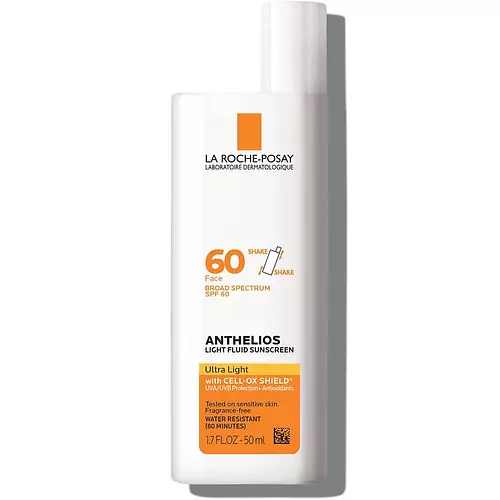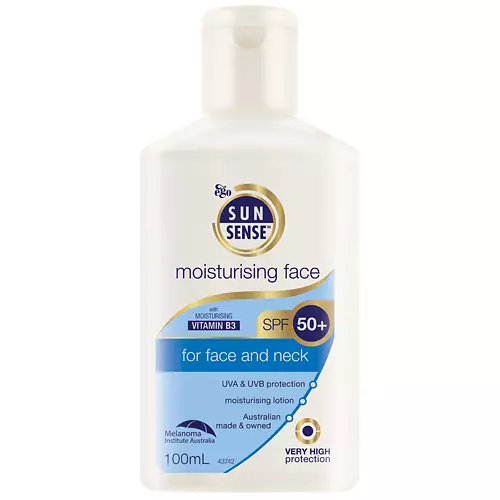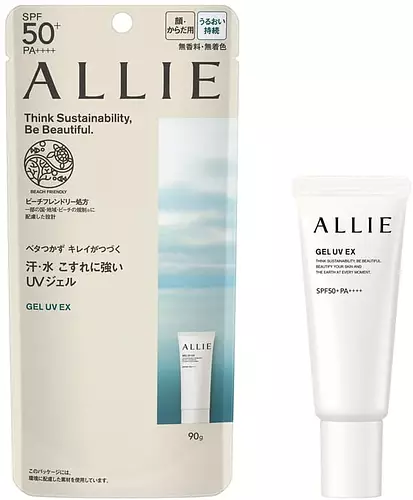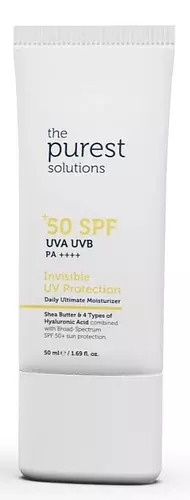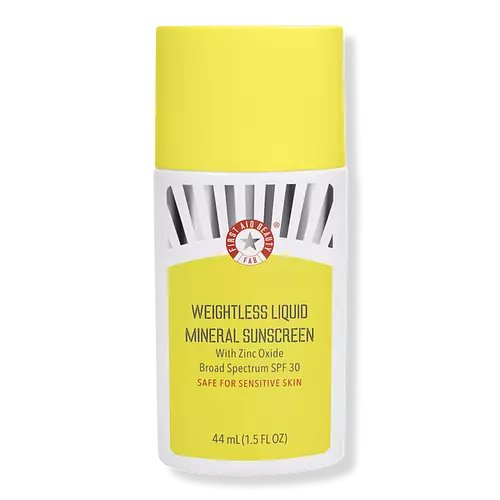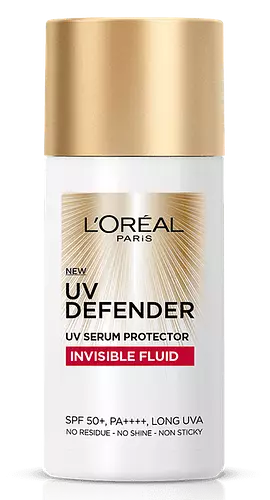La Roche-Posay La Roche Posay Anthelios Ultra Light Face Sunscreen-SPF 60 Versus Biossance Squalane + Zinc Sheer Mineral Sunscreen SPF 30 PA +++
Updated on March 15, 2024
Overview
What they are
These products are both sunscreens. They have a total of 3 ingredients in common
Cool Features
They both contain SPF
Suited For
They're both likely to be good for brightening skin
Free From
They both do not contain any common allergens, fragrances, oils, parabens or sulfates
We independently verify ingredients, and our claims are backed by peer-reviewed research. Spot a product that needs an update? Let us know.
Ingredient Info
La Roche-Posay La Roche Posay Anthelios Ultra Light Face Sunscreen-SPF 60 32 ingredients
Biossance Squalane + Zinc Sheer Mineral Sunscreen SPF 30 PA +++ 23 ingredients
At a glance
Click on any of the items below to learn more
La Roche-Posay La Roche Posay Anthelios Ultra Light Face Sunscreen-SPF 60 32 ingredients
Biossance Squalane + Zinc Sheer Mineral Sunscreen SPF 30 PA +++ 23 ingredients
Notable Ingredients
This product contains 4 ingredients that may have this attribute:
This product contains 1 ingredient that may have this attribute:
This product contains 1 ingredient that may have this attribute:
Benefits
This product contains 1 ingredient that may have this attribute:
Concerns
This product contains 2 ingredients that may have this attribute:
This product contains 1 ingredient that may have this attribute:
This product contains 1 ingredient that may have this attribute:
This product contains 2 ingredients that may have this attribute:
This product contains 5 ingredients that may have this attribute:
This product contains 3 ingredients that may have this attribute:
Notable Ingredients
This product contains 1 ingredient that may have this attribute:
Benefits
This product contains 1 ingredient that may have this attribute:
This product contains 1 ingredient that may have this attribute:
Concerns
This product contains 1 ingredient that may have this attribute:
This product contains 1 ingredient that may have this attribute:
Ingredients Side-by-side
Ingredients Explained
These ingredients are found in both products.
Ingredients higher up in an ingredient list are typically present in a larger amount.
Water. It's the most common cosmetic ingredient of all. You'll usually see it at the top of ingredient lists, meaning that it makes up the largest part of the product.
So why is it so popular? Water most often acts as a solvent - this means that it helps dissolve other ingredients into the formulation.
You'll also recognize water as that liquid we all need to stay alive. If you see this, drink a glass of water. Stay hydrated!
Learn more about WaterPhenoxyethanol is a preservative that has germicide, antimicrobial, and aromatic properties. Studies show that phenoxyethanol can prevent microbial growth. By itself, it has a scent that is similar to that of a rose.
It's often used in formulations along with Caprylyl Glycol to preserve the shelf life of products.
Caprylic/Capric Triglyceride is an emollient, solvent, and texture enhancer. It is considered a skin-softener by helping the skin prevent moisture loss.
Within a product, Caprylic Triglyceride can thicken the product and make spreadability easier by dissolving clumping compounds. An added benefit of Caprylic Triglyceride is its antioxidant properties.
Caprylic Triglyceride is made by combining glycerin with coconut oil, forming a clear liquid. Caprylic Triglyceride has not been found to be toxic for human use in concentrations under 50%.
While there is an assumption Caprylic Triglyceride can clog pores due to it being derived from coconut oil, there is no research supporting this.
Learn more about Caprylic/Capric TriglycerideIngredient Ratings
Here's what our community thinks of the ingredients in these products.
When to use
La Roche-Posay La Roche Posay Anthelios Ultra Light Face Sunscreen-SPF 60 32 ingredients
Biossance Squalane + Zinc Sheer Mineral Sunscreen SPF 30 PA +++ 23 ingredients


Reviews
Here's what our community thinks
La Roche-Posay La Roche Posay Anthelios Ultra Light Face Sunscreen-SPF 60 32 ingredients
Sambridee Gurung
It’s not horrible, but it feels greasy and always leaves me quite oily which is rly uncomfortable + annoying when it melts my makeup off
